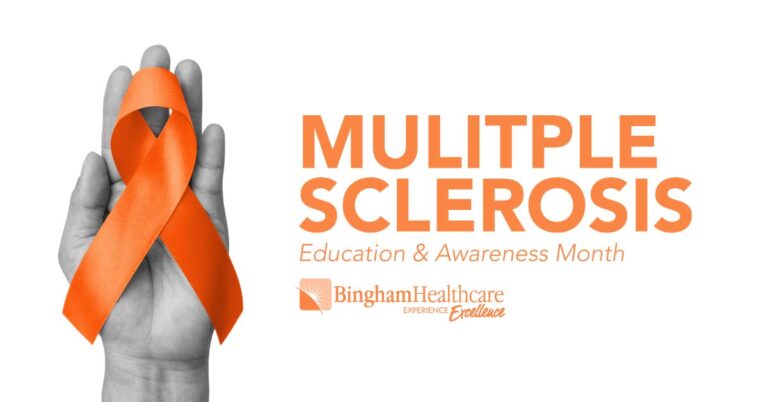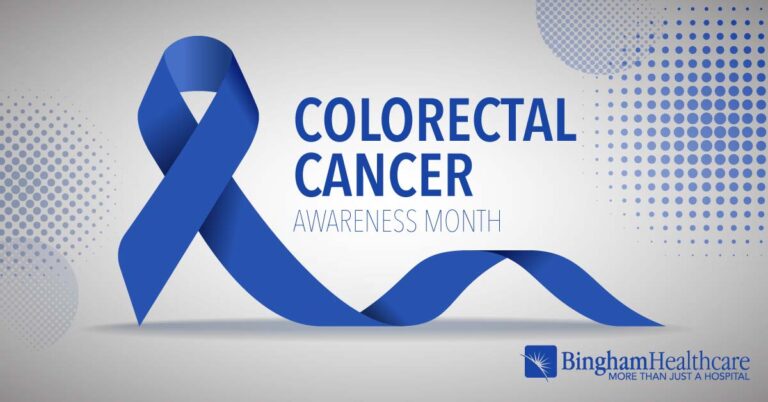
Maintaining Healthy Hips
Arthritis can be the main culprit for hip pain or injuries. A common misconception is that falls result in broken or dislocated hips. In reality, the hip joint breaks or becomes dislocated first, especially in people who have the bone-thinning disease osteoporosis, thus causing the fall.
Exercise, especially strength training, can decrease the chances of falling and increase your chances of staying independent. Here are a few strength and conditioning strategies for healthy hips from Dr. Nicholas Pearson, fellowship-trained orthopedic surgeon with a specialty in sports medicine with Bingham Memorial’s Orthopedic Institute.
The goal of these exercises should be progressive, comfortable (i.e., the movements should be pain free and work within the limits of your body) and controlled using proper form and movement techniques.
“For healthier hips, I recommend performing the following exercises four to five times a week,” says Dr. Pearson. “However, be sure to make sure you take rests days each week. I suggest waiting about 24 to 48 hours after performing these exercises, which will help to increase repetitions or add further progression.”
Bridge
The bridge exercise is a back bend, a core strengthener, and a balance pose all in one.
Start on your back with your knees bent 90 degrees and place arms at your side. Without squeezing your hamstrings (the muscles in the upper part of the back of your leg), try to elevate your hips off the ground by squeezing your gluteal muscles (the three muscles that make up your buttocks, or rear-end). Try to elevate your hips so they are in series with your knees and shoulders. Hold this position for five full breaths and then repeat 10 more times.
IT Band Stretch
IT band stretches are a great way to reduce knee, hip, and back pain.
The iliotibial (IT) band is a thick band of fibrous tissue that runs down the outside of your leg from your pelvis to your knee.
“If you experience pain or just feel “tight” in and around your knees, the IT band, might be the culprit,” says Dr. Pearson. “The IT band begins at the pelvis and runs on the outside part of the thigh all the way down to the shinbone.”
Start in the standing position and cross left leg over right leg. Bending the left knee slightly, lean to the left until a stretch is felt over the outside of the right hip. Hold for 30 seconds and repeat five times. Then switch to the other side with the right leg over the left leg. Hold for 30 seconds and repeat five times.
Side Plank
This exercise helps to develop weak back muscles and can play a significant role in averting back pain
Start on your side, with your knees slightly bent. Support your weight with your knee and your elbow. Push down through your shoulders and lift your hips up. Brace your abdomen by tightening your buttocks while maintaining your spine in a neutral position. Hold this position for 30 seconds and the repeat five times.
Then complete this exercise on the other side.
Prone Hip Extension
This is a good starting point for strengthening your gluts and hamstring muscles.
Lay on your stomach on a firm, flat surface. Lift your leg straight up, trying to keep your hips on the table. Slowly lower your leg down, and relax. Repeat five to 10 times.
Hip Flexor Stretch
This helps to relieve tightness in the hips.
Kneel on the same side of your hip to be stretched, use a pillow under your knee for comfort. Keep your chest upright; lean forward so that your body is advancing forward over the planted knee until a stretch is felt in the front of hip/thigh. Hold that position for 30 seconds and then repeat. Then complete the exercise on the other side.
Suffering from Unbearable Joint Pain?
Bingham Memorial’s Orthopedic Institute is proud to introduce Nicholas Pearson, DO, a fellowship-trained orthopedic surgeon with a specialty in sports medicine. He can perform life-changing surgeries, including shoulder, knee and hip scopes, and joint replacements. He sees patients in Blackfoot and Idaho Falls.
To schedule a consultation at either location, call (208) 535-3626.
The content on our website is reviewed regularly and is updated when new and relevant evidence is made available. This information is neither intended nor implied to be a substitute for professional medical advice. Always seek the advice of your physician or other qualified health provider prior to starting any new treatment or with questions regarding a medical
Return to Articles


